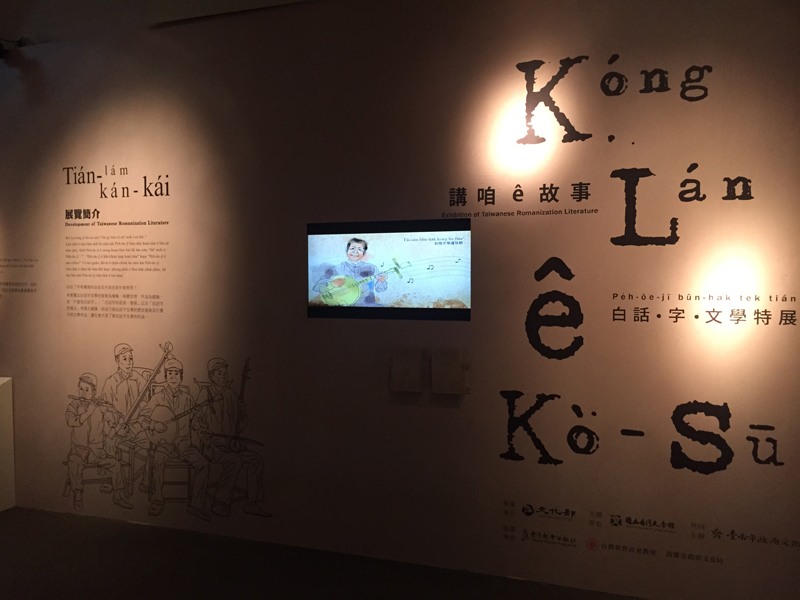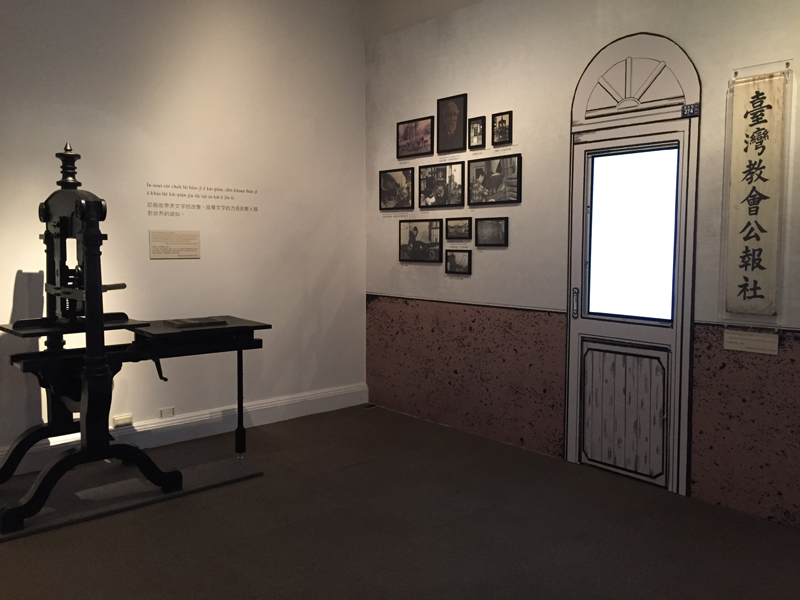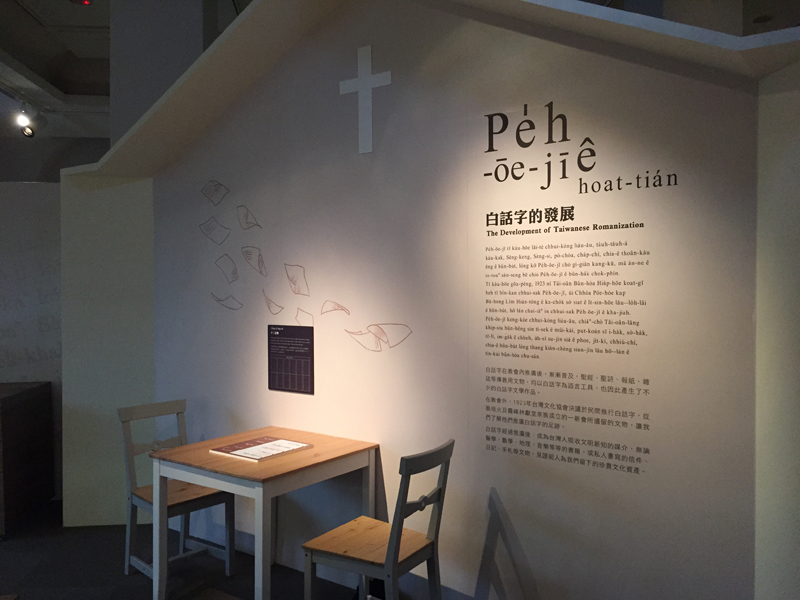
What is a “Pe̍h-ōe-jī,” or POJ? What does it mean to use a modified Latin alphabet to represent the Taiwanese? The exhibition features “Pe̍h-ōe-jī,” including units showing “What Is Pe̍h-ōe-jī?“ “The Origins and Development of Pe̍h-ōe-jī,” “The Output of Pe̍h-ōe-jī,” and so on, to elaborate and detail the historical context and remarkable richness of Pe̍h-ōe-jī literature. The exhibits include“fanzi contracts”and Gospel of St. Mathew written in the Sinckan language, the first written language used in Taiwan; Chinese-English Dictionary of the Vernacular or Spoken Language of Amoy, the first Xiamen Dialect-English dictionary by Rev. Carstairs Douglas in 1873; the bronze of Thomas Barclay, who was a missionary to Taiwan, had published the first newspaper ─Taiwan Prefecture City Church News ever in Taiwan in 1875 and actively promoted the Pe̍h-ōe-jī; the first publication printing press (a duplicate) in Taiwan; the Principles and Practice of Nursing, the first medical book being printed in Romanized Taiwanese using the Pe̍h-ōe-jī orthography; the Red-Cover Bible, which had once caused concern for the United Bible Societies; and various vernacular publications, such as poems, essays, novels, plays, and other literary works.. We welcome literature-loving audience to come and together we enjoy the beauty of Taiwan literature.

Figure 1 The exhibition uses an animation to recreate the ambience of singing words to attract the audience into the world of Pe̍h-ōe-jī.

Figure 2 The history of promoting and dissemination of church publications is being recounted at the recreated old site of Taiwan Church News.

Figure 3 The promotion of Pe̍h-ōe-jī within the church drove the wider development of Pe̍h-ōe-jī.